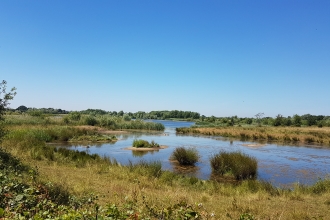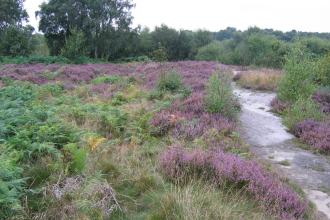
(C) George Bird
Hilton Gravel Pits, Kelvin Lawrence

Bat, Robert Booth

Great crested newt, The Wildlife Trusts

Emperor Dragonfly, Tony Pioli
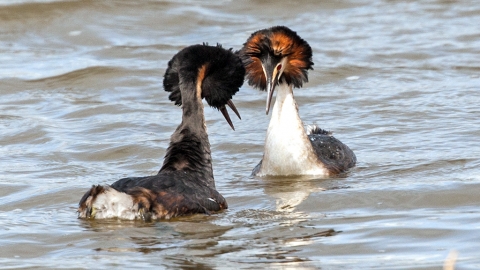
Great crested grebe, Hilton Pete via Flickr
Location
Know before you go
Dogs
When to visit
Opening times
Open at all timesBest time to visit
Evenings for bats, February for the great crested grebe's mating dance, summer for orchids and autumn for fungiAbout the reserve
The combination of lakes and ponds, woodland and sheltered sunny areas make the former gravel pits at Hilton a haven for wildlife.
The reserve supports species that are fast declining in this country including the great crested newt and black poplar.
The reserve is well-known for its dragonflies and damselflies. Fifteen species have been recorded here, among them the emperor and ruddy darter dragonflies and the emerald and red-eyed damselflies.
The old gravel pit settling beds provide a sheltered area where they can feed and where plants such as southern marsh orchids and common twayblade have now established themselves. The ponds and lakes attract many species of waterfowl. You can see coot, great crested grebe and tufted duck, while in spring the water is an amphibian nursery - frogs, toads, great crested and common newts all breed here.
A streak of blue flashing across the water will alert you to the presence of a kingfisher. Walk through the woodland in autumn and you will find a wealth of fungi growing near the path - among the many species that flourish here are fly agaric and shaggy inkcap.
Please note that dogs are no longer permitted in the main area of this nature reserve. This is to protect our grazing livestock and the reserve's wildlife. Dogs are still permitted on the main perimeter track that runs from Willowpit Lane to Sutton Lane.
Species
Habitat
Contact us
Environmental designation
Take a look at the latest sightings
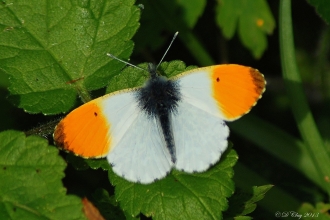
Sightings Blog - 2022 Blog #7
Your wildlife sightings in early April 2022
Sightings Blog - 2022 Blog #6
Your wildlife sightings in Derbyshire in late March 2022

Sightings Blog - 2022 Blog #5
Your wildlife sightings in Derbyshire in early March 2022
Sightings Blog - 2022 Blog #3
Your wildlife sightings in Derbyshire in Derbyshire in Late January & Early February
Sightings Blog - 2022 Blog #4
Your wildlife sightings in Derbyshire in Mid and Late February 2022
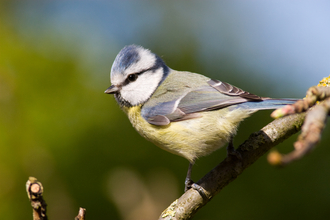
Sightings Blog - 2022 Blog #2
Your wildlife sightings in Derbyshire in Mid January 2022
Nearby nature reserves
Download our nature reserve leaflets
Check out the reserve map
Hilton Gravel Pits map
Play Wild rating
Play Wild all year round. Pond dipping and trails - just be aware of the deep water.

